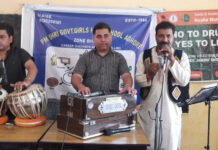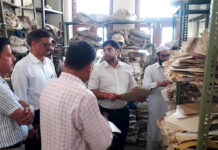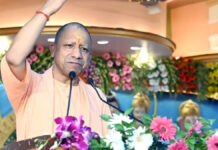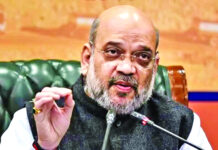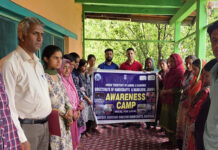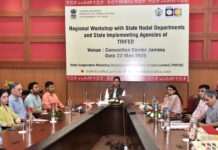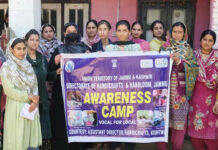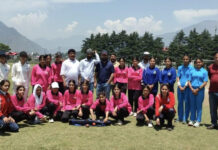Tourism remains the backbone of Jammu and Kashmir’s economy. However, the recent Pehalgam massacre and the deteriorating situation in the Valley due to Operation Sindhu have plunged the region’s tourism sector into crisis. While the government appears poised to formulate a comprehensive strategy to revive the sector, its approach seems narrowly focused on Kashmir Valley, neglecting the immense potential of the Jammu region—especially the peaceful and secure areas of Jammu-Samba. In the current climate, Jammu, particularly the relatively tranquil and stable Jammu-Sambha belt, offers an untapped goldmine for tourism and pilgrimage. This region has the potential to not only attract tourists but also serve as a spiritual and cultural retreat. Jammu’s remote hilly areas, located just 25–30 kilometers off the highway, are home to scenic and unexplored destinations such as Pantalti, Sughbahadevi, and Latti. These places, if properly promoted, can become thriving tourism hubs. Historically, these areas have remained overshadowed despite their significance. For instance, near Pancheswar in the Krimchi Manser region lie ancient temples believed to have been built by the Pandavas. These sites are not only architecturally important but also strategically located, being free from militancy and close to the international border and the Line of Control (LoC). Yet, their tourism potential remains untapped due to administrative apathy. If the government chooses to shift focus from a Kashmir-centric approach and instead invests in promoting Jammu’s lesser-known but promising destinations, it can turn the present adversity into an opportunity. Such a strategy would not only boost the local economy of Jammu-Sambha but also create a perception of safety, countering the fear narrative created by terror incidents and cross-border tensions. Promoting tourism in peaceful areas like Jammu-Sambha can have a far-reaching impact. It can dilute the image of Jammu and Kashmir as a conflict zone, reassure potential tourists, and demonstrate that life and livelihood persist beyond the shadow of terrorism. Most importantly, it will affirm the government’s commitment to inclusive regional development. The time has come to diversify the tourism narrative of Jammu and Kashmir. The government must act swiftly to promote Jammu-Samba as a safe and attractive alternative, thereby safeguarding the economy, uplifting ignored regions, and instilling a sense of normalcy in a state too often marred by violence.

Dogra Herald is the media of J & K, breaking language and geographical barriers, connecting J & K to the rest of India.
0191 245 4946
info@dograherald.com
Latest articles
Konstas makes another statement with more runs for NSW
Agencynew delhi, Dec 6Sam Konstas has made another statement to Australia's selectors, backing up his hundred against India with an unbeaten half-century...
President says National Education Policy aims to reorient education system
iamjkstarr - 0
President Ram Nath Kovind today said that the National Education Policy aims to reorient the education system towards meeting the needs of the 21st...
SHA refutes news regarding denial of PMJAY benefits to patients needing thrombolysis at SMHS
DOGRA HERALD BUREAUJAMMU, Dec 23Refuting the news report appeared in Daily Excelsior on 23-12-2023, titled “Patients needing thrombolysis denied PMJAY benefits at...



